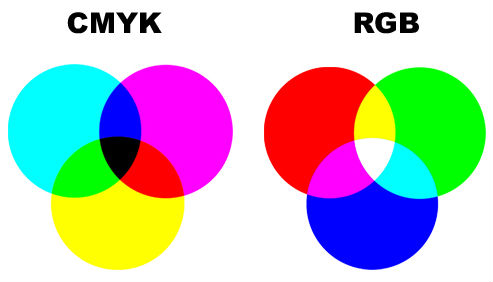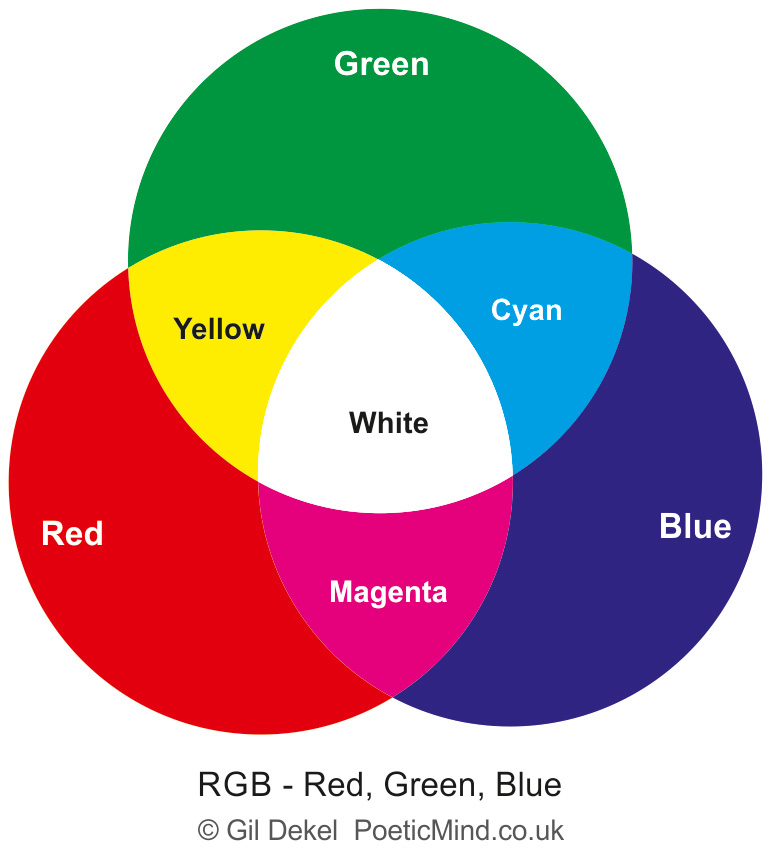Pantone LLC, a wholly owned subsidiary of X-Rite, Incorporated, is the world-renowned authority on color and provider of color systems and leading technology for the selection and accurate communication of color across a variety of industries. The PANTONE® name is known worldwide as the standard language for color communication from designer to manufacturer to retailer to customer.
In 1963, Lawrence Herbert, Pantone's founder, created an innovative system for identifying, matching and communicating colors to solve the problems associated with producing accurate color matches in the graphic arts community. His insight that the spectrum is seen and interpreted differently by each individual led to the innovation of the PANTONE® MATCHING SYSTEM®, a book of standardized color in fan format.
Pantone has since expanded its color matching system concept to other color-critical industries, including digital technology, fashion, home, plastics, architecture and contract interiors, and paint. Pantone continues to develop color communication tools for a variety of industries and aggressively adopt new digital technology to address the color needs of design and production professionals.
In 1963, Lawrence Herbert, Pantone's founder, created an innovative system for identifying, matching and communicating colors to solve the problems associated with producing accurate color matches in the graphic arts community. His insight that the spectrum is seen and interpreted differently by each individual led to the innovation of the PANTONE® MATCHING SYSTEM®, a book of standardized color in fan format.
Pantone has since expanded its color matching system concept to other color-critical industries, including digital technology, fashion, home, plastics, architecture and contract interiors, and paint. Pantone continues to develop color communication tools for a variety of industries and aggressively adopt new digital technology to address the color needs of design and production professionals.
If printers are using a digital printing method, they would print color on paper using CMYK colors. This is a four color mode that utilizes the colors cyan, magenta, yellow and black in various amounts to create all of the necessary colors when printing images. It is a subtractive process, which means that each additional unique color means more light is removed, or absorbed, to create colors. When the first three colors are added together, the result is not pure black, but rather a very dark brown. The K color, or black, is used to completely remove light from the printed picture, which is why the eye perceives the color as black.
RGB Color Mode
RGB is the color scheme that is associated with electronic displays, such as CRT, LCD monitors, digital cameras and scanners. It is an additive type of color mode that combines the primary colors, red, green and blue, in various degrees to create a variety of different colors. When all three of the colors are combined and displayed to their full extent, the result is a pure white. When all three colors are combined to the lowest degree, or value, the result is black. Software such as photo editing programs use the RGB color mode because it offers the widest range of colors.
Booklet content:
Pantone, as it’s known today, was founded in 1962 when Lawrence Herbert bought it from a small business that manufactured colour cards for cosmetics companies. He immediately changed the direction of the company, and developed the first colour matching system in 1963. The primary product in the Pantone Matching System (also known as PMS) is the Pantone Guide. This consists of a large number of small thin cardboard sheets, printed with a series of related colour swatches and bound into a small flipbook. The idea behind PMS was to allow designers to ‘colour match’ specific colours when a design enters production stage, regardless of the equipment used to produce the colour. Todays PMS features 1,341 solid Pantone colours, printed on coated, uncoated and matte papers. Pages also contain RGB and CMYK symbols, indicating the colours achievable on screen, in colour printing, and both.
CMYK is a colour mode that utilizes the colour Cyan, Magenta, Yellow and Black in various amounts to create all the necessary colours when colour printing. It is a subtractive process, meaning that more light is removed or absorbed to create each individual colour. When the first three colours are added together, the result is not purely black, which is why colour K (Black) is added to completely remove light from the print, which the human eye perceived as black.
RGB is a colour mode that utilizes and combines the primary colours Red, Green and Blue in various degrees to create a variety of different colours for electronic displays. It is an additive process, meaning when all three of the colours are combined and displayed to their full extent; the result colour is pure white. When all three are combines to the lowest degree, the result colour is black.





No comments:
Post a Comment